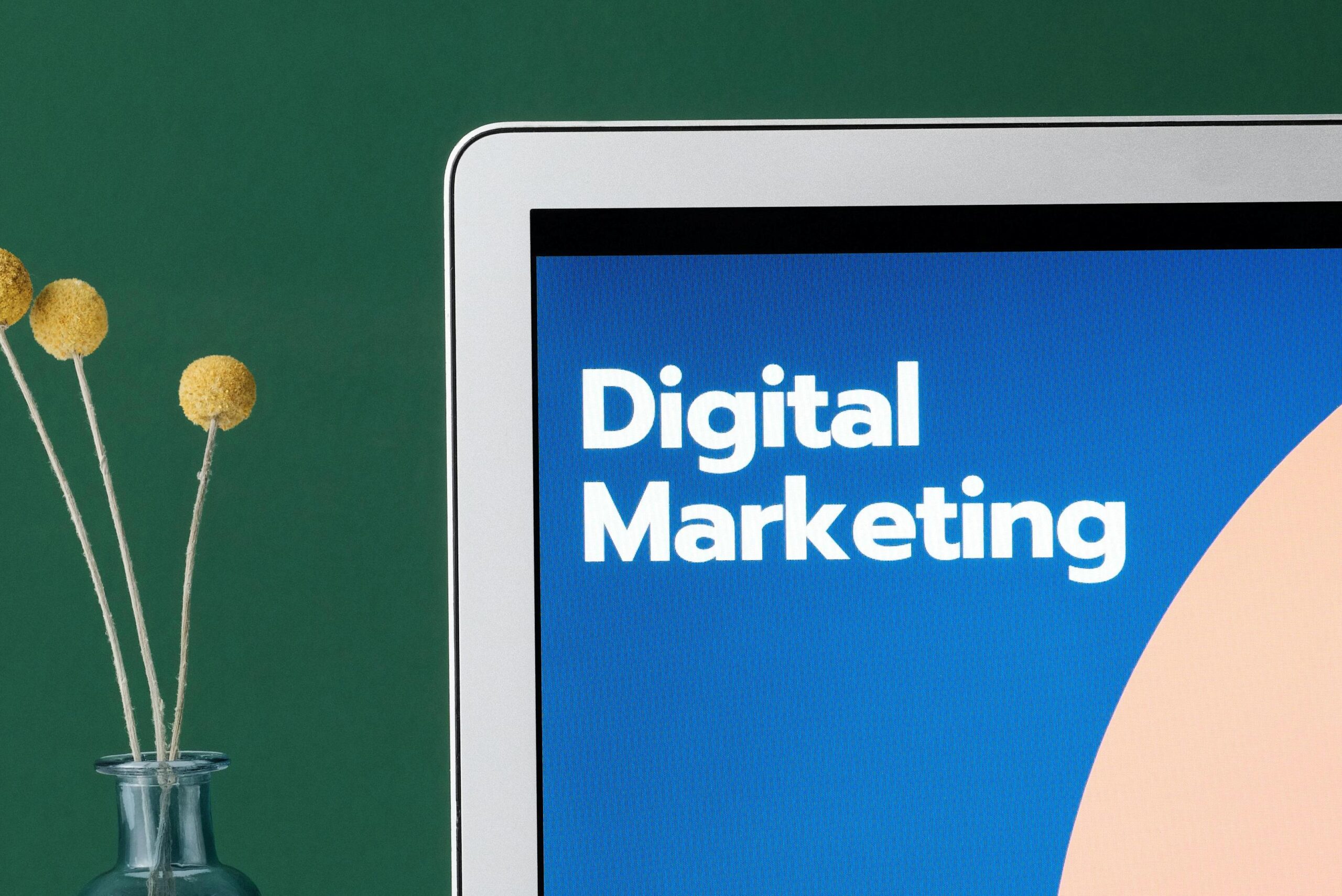In today’s fast-paced digital world, businesses can’t afford to ignore the power of online marketing. Whether you’re a startup or an established enterprise, digital marketing services are essential to reach your audience, build brand awareness, and drive growth. But with so many strategies, tools, and platforms available, where do you start?
At CodeWint Technologies, we understand the challenges businesses face in navigating the digital landscape. This comprehensive guide breaks down everything you need to know about digital marketing services, from SEO and social media to email campaigns and analytics. By the end, you’ll have a clear roadmap to boost your online presence and achieve measurable results.
1. What Are Digital Marketing Services?
Digital marketing services encompass all strategies used to promote brands, products, or services through online channels. Unlike traditional marketing (billboards, TV ads, or print media), digital marketing leverages the internet to connect with audiences where they spend most of their time: online.
Key Components of Digital Marketing:
- Search Engine Optimization (SEO): Improve your website’s visibility on Google.
- Social Media Marketing (SMM): Engage users on platforms like Facebook, Instagram, and LinkedIn.
- Content Marketing: Create valuable content to attract and retain customers.
- Pay-Per-Click (PPC) Advertising: Run targeted ads on search engines and social media.
- Email Marketing: Nurture leads and retain customers through personalized emails.
- Analytics & Reporting: Track performance and optimize campaigns.
Why Digital Marketing Matters:
- Cost-effective compared to traditional methods.
- Offers precise targeting and measurable results.
- Builds long-term customer relationships.
2. Search Engine Optimization (SEO)
SEO is the backbone of digital marketing. It ensures your website ranks higher on search engines like Google, driving organic (free) traffic.
How SEO Works:
- On-Page SEO: Optimize website content, meta tags, and URLs.
- Off-Page SEO: Build backlinks and improve domain authority.
- Technical SEO: Enhance site speed, mobile-friendliness, and security.
SEO Best Practices in Today:
- Focus on user intent: Create content that answers users’ questions.
- Optimize for voice search (e.g., “Hey Google, find a web developer near me”).
- Use schema markup to help search engines understand your content.
Case Study:
A SaaS company increased organic traffic by 150% in 6 months by targeting long-tail keywords and improving site speed.
3. Social Media Marketing (SMM)
With over 4.9 billion social media users globally, platforms like Instagram, TikTok, and LinkedIn are goldmines for brand engagement.
Choosing the Right Platforms:
- B2B: LinkedIn, Twitter, YouTube.
- B2C: Instagram, TikTok, Facebook.
Effective SMM Strategies:
- Post short videos and behind-the-scenes content.
- Run contests or giveaways to boost engagement.
- Use chatbots for instant customer support.
Pro Tip:
Repurpose blog content into carousel posts, infographics, or Reels to maximize reach.
4. Content Marketing: The Art of Storytelling
Content marketing isn’t just about blogging—it’s about delivering value to your audience.
Types of Content:
- Blogs, eBooks, and whitepapers.
- Podcasts, webinars, and video tutorials.
- Case studies and client testimonials.
Why Content Marketing Works:
- Builds trust and authority.
- Generates leads through gated content (e.g., “Download our free eBook”).
- Improves SEO by targeting relevant keywords.
Example:
A fitness app grew its user base by 40% by publishing weekly workout guides and nutrition tips.
5. Pay-Per-Click (PPC) Advertising
PPC lets you bid for ad placement on search engines or social media. You pay only when someone clicks your ad.
Popular PPC Platforms:
- Google Ads
- Microsoft Advertising
- Facebook/Instagram Ads
Creating High-Converting Ads:
- Use eye-catching visuals and clear CTAs (“Sign Up Now!”).
- A/B test headlines, descriptions, and landing pages.
- Target specific demographics (age, location, interests).
Budget Tip:
Start small ($10–$20/day) and scale campaigns based on performance.
6. Email Marketing: The ROI Champion
Email marketing delivers $42 for every $1 spent, making it one of the most cost-effective strategies.
Email Types:
- Newsletters: Share company updates and tips.
- Promotional Emails: Offer discounts or product launches.
- Drip Campaigns: Nurture leads with automated follow-ups.
Tools to Use:
- Mailchimp
- HubSpot
- ConvertKit
Best Practices:
- Segment your audience for personalized messaging.
- Avoid spam triggers (e.g., “FREE” or excessive exclamation marks).
- Test send times (e.g., Tuesday mornings often yield higher open rates).
7. Analytics: Measuring Success
Without data, you’re flying blind. Tools like Google Analytics and SEMrush help track key metrics:
- Website traffic and bounce rate.
- Conversion rates (sales, sign-ups).
- ROI of campaigns.
How to Use Analytics:
- Identify top-performing content.
- Fix pages with high bounce rates.
- Allocate budget to high-ROI channels.
8. Emerging Trends in Today
Stay ahead with these trends:
- AI-Powered Marketing: Chatbots, personalized recommendations, and predictive analytics.
- Video Marketing: Short-form videos (TikTok, YouTube Shorts) dominate.
- Privacy-First Strategies: Comply with GDPR and focus on first-party data.
9. Choosing the Right Digital Marketing Agency
Not sure where to start? Partner with experts like CodeWint Technologies. Look for:
- Proven results (case studies, client reviews).
- Transparency in pricing and reporting.
- Expertise in your industry.
Conclusion
Digital marketing isn’t a luxury—it’s a necessity. By combining SEO, social media, content, and analytics, you can build a sustainable online presence that drives growth.

